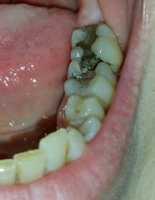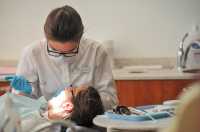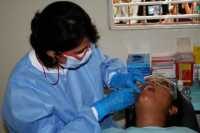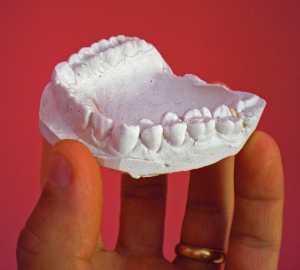MedicalResearch.com Interview with:
Maximilian F. Konig, MD
Division of Rheumatology,
Johns Hopkins University School of Medicine
Current affiliation:
Department of Medicine
Massachusetts General Hospital
Harvard Medical School
MedicalResearch.com: What is the background for this study?
Response:The idea that rheumatoid arthritis (RA), an autoimmune disease that leads to chronic joint inflammation and destruction, may be initiated by a bacterial infection is not novel, but has been posited for more than a century. Based on the clinical observation that patients with RA frequently have severe periodontal disease (gum disease), gum inflammation has long been thought to contribute to disease development in RA. However, limited understanding of the mechanisms that fuel and sustain the autoimmune attack in RA made it difficult to pinpoint a specific bacterial trigger.
In recent years, our understanding of the abnormal immune response that attacks the joints in patients with RA has grown exponentially, and we now know that disease-specific autoantibodies (ACPAs) target modified self-proteins (this modification is known as citrullination). It is this abnormal immune response against citrullinated proteins that appears to drive the joint (and sometimes lung) inflammation seen in
rheumatoid arthritis. Recent studies from our laboratory at The Johns Hopkins University (led by principle investigator Felipe Andrade, MD, PhD) suggested that an immune cell called the neutrophil, which normally protects us from infection at sites like the oral cavity or anywhere else in the body, also appears to be the source of the proteins attacked in RA. We were therefore interested to understand what drives the association of gum disease, an inflammation commonly triggered by bacteria, with RA.
(more…)

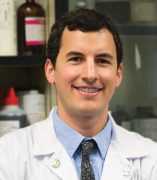


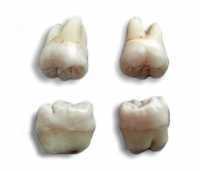


 It was noted that the differentiation of the structures of the developing jaws is ahead of other divisions. The presence of chromophobic spindle-shaped cells migrating in the direction of the tooth rudiments and their location in the region surrounding the enamel organ indicates intercellular interactions in the development of teeth in humans that differ from these processes in lower vertebrates. At the present stage, it is known that ectomesenchyme is involved in cell assemblies participating in the development of dentin.
It was noted that the differentiation of the structures of the developing jaws is ahead of other divisions. The presence of chromophobic spindle-shaped cells migrating in the direction of the tooth rudiments and their location in the region surrounding the enamel organ indicates intercellular interactions in the development of teeth in humans that differ from these processes in lower vertebrates. At the present stage, it is known that ectomesenchyme is involved in cell assemblies participating in the development of dentin. 

